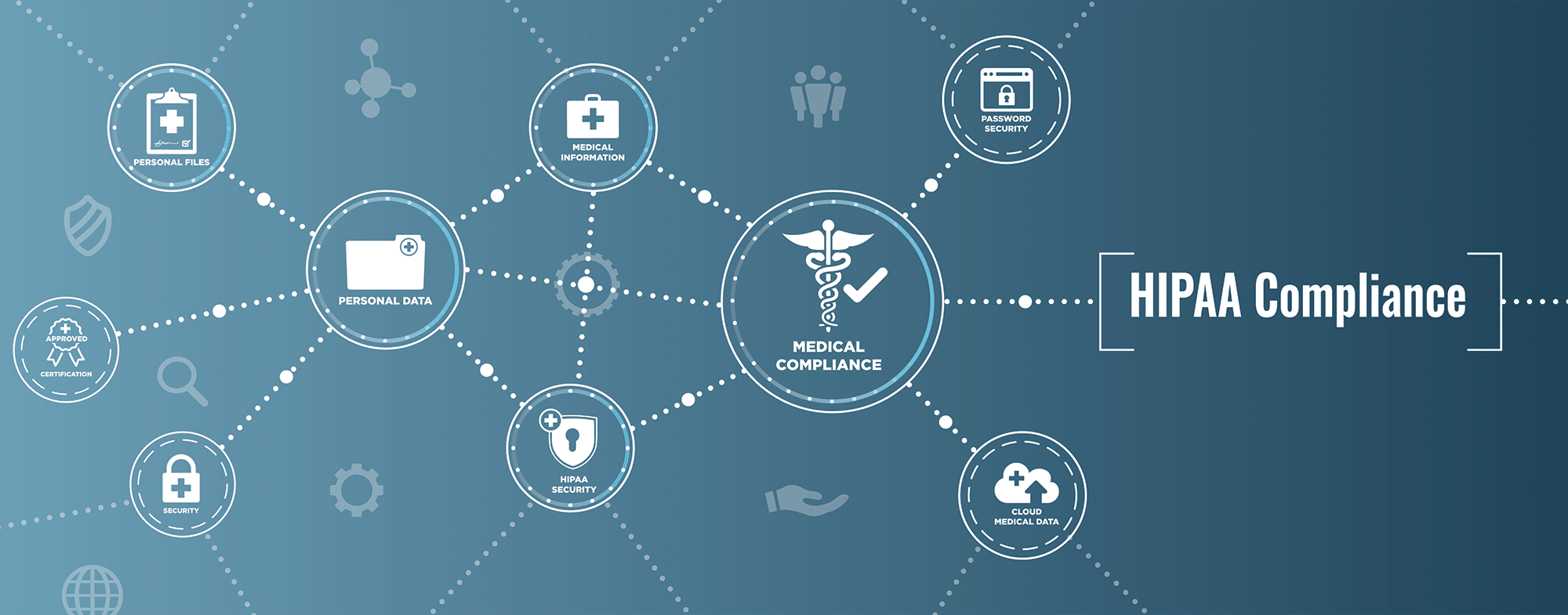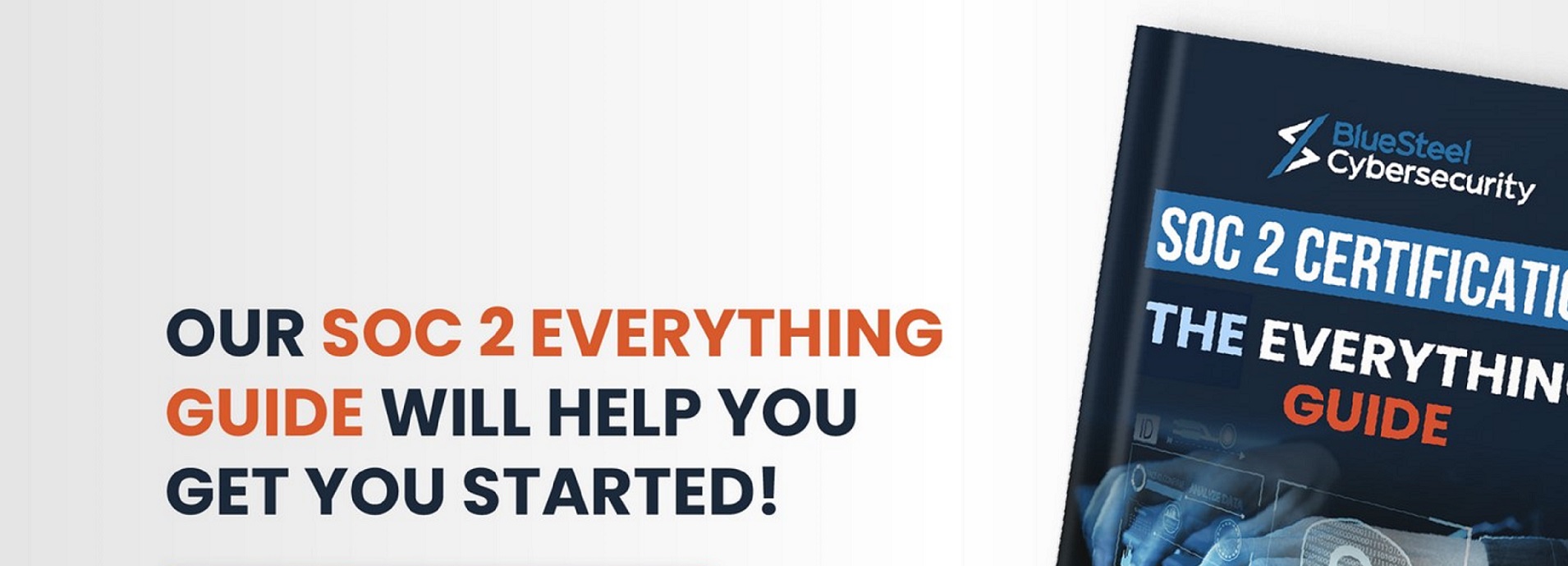If you think it’s infuriating when an app doesn’t allow you to save passwords, email addresses, shipping addresses, or other credentials, you probably need this deep dive into the world of Zero Trust.
In the technological context, Zero Trust may sound pretty much like something straight out of a sci-fi thriller. The reality isn’t far off, either! While fiction talks about apocalypses and large-scale data breaches, Zero Trust is a concept that aims to avoid such misfortunes by making security systems stronger and tougher to crack.
What is Zero Trust?
Zero Trust is the concept that organizational security surpasses all levels of trust and confidence as far as user, employer, and employee data are concerned.
Regardless of the position, information requirement, and level of trust that a specific individual holds within an organization, they have to keep offering their credentials to access, use, transfer, upload, download, or perform any action within the organization.
Think of an entrance card, but then visualize a more advanced, complicated, thorough rechecking and verification procedure!
Besides this, there are some other tenets of Zero Trust as well. These include the following:
- Zero Trust ensures constant and relentless surveillance of all individual data and information. The monitoring is manifold, and the surveillance system never takes a break!
- Zero Trust conceptualizes ‘network’ differently compared to other organizational security systems. While regular security systems actively identify the differences between virtual, conventional, outdoors, indoors, and other system categories, Zero Trust breaks down all these walls to merge the different types into a singular organizational system. Each component has specific security measures and requirements. Still, the actions of each element hold an influence on other components.
- Zero Trust doesn’t confer with the idea of degrees of trust in any sense. Everyone is subjected to equal and unbridled accountability across the board. The level of trust is unconditionally and zero in all cases and under all circumstances.
What is the Purpose of Zero Trust?
Zero Trust is responsible for catering to the high-profile and high-priority security needs of different organizations, individuals, and data sets. It follows stringent security and verification protocols at operational, managerial, and administrative levels to ensure safe and sound working environments. Besides this, Zero Trust is also about:
- Maintaining consistent checkpoints at each step and procedure of administrative proceedings to detect breach attempts in both digital and conventional workspaces.
- Minimizing the blast radius of a breach, i.e., creating vacuums between organizations to avoid the transfer of breaching activities to keep the damage to a minimum.
- Identifying and tracking breach aims and sources to proceed to reconciliation and repair procedures and formalities.
What Does the Zero Trust Model Mean for Hybrid Workforces?
Before the COVID pandemic, not many organizations, business owners, or employers were especially concerned about the hybridization of their workforce rigorously and permanently.
Working from home stood out as a distinct category of workers whose operational security had different and irrelevant concerns as opposed to those of brick-and-mortar organizations. However, the far-from-over pandemic has pushed everyone entirely, or at least partially, into the digital workforce populace.
Consequently, the security threats to conventional and digital workspaces teamed up to pose new and dynamic threats to organizational workings.
As a result, even those who comprehended little of the idea of Zero Trust and total security have now learned the importance of having a foolproof and 24/7 vigilant security system in place to meet their needs.
As far as modern-day hybrid workplaces are concerned, the role of Zero Trust systems includes:
1. Establishing a Hybrid Security Protocol
Whether you work in a large organization or have a small setup, hybridization is a staple for almost everyone. Therefore, the Zero Security era is the one where organizations build a security system that works for onsite and offsite security requirements.
2. Building Seamless Verification Systems
Another essential trait of Zero Trust systems is that they strive to streamline security protocols and all the incoming security information and updates to accommodate all onsite and offsite activities.
The system ensures transient, convertible verification and processing setups that can simultaneously keep up with the developments on either end of hybrid workplaces.
3. Notifications and Alerts
The third characteristic of Zero Trust is the idea of on-the-spot notification of security updates throughout the networking mesh of the security system, similar to the brain and nerve endings in the human body. The developments in any part or within the hybrid structure become a part of the unanimous proceedings on the larger organizational scale.
4. Breach Identification
Besides these three, a Zero Trust Security System channels security information and verification processes to detect potential breaches, surreptitious intrusions, as well as direct attacks on the organization at the outset as well as at the organizational core. The security system can pick data hacks, bugs, malware, viruses, ransomware, email fraud, account frauds, bank scams, impersonations, and a range of different threats that the organization is confronting or may confront.
5. Minimizing Harm
Finally and ultimately, Zero Trust goes big on its aim to minimize harm. If it detects a breach and can confirm it, Zero Trust aims to keep the breaching contained to the specific part of the organizational superstructure. If it manages to deter the breach, it implies that the system has maintained a complete and transparent security protocol!
Final Words
As far as many organizations and companies are concerned, autofill, two-step verification, email verification, and password saving continue to be the norm. Unfortunately, these have added to the rise in security threats and attacks despite the advantages they bring in organizational formalities.
Considering the advancements in breach techniques, Zero Trust is a timely and imperative concept. It may be slightly inconvenient to keep typing passwords and issuing PIN codes for individual verification’s.
Still, they also offer the safest options available out there when it comes to organizational security. It can take a substantial amount of effort to implement Zero Trust models, but the results are almost always worthwhile. You can read more articles about it and learn more about cybersecurity services on our website.






